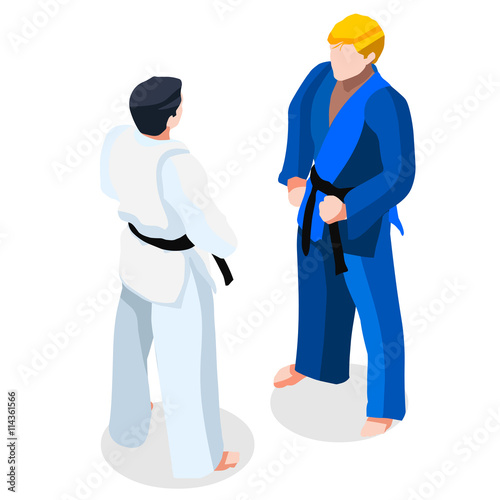Just How Do Typical Martial Arts Emphasis On Discipline Contrast To Modern Fight Sports Focus On Competition? Discover The Crucial Differences That Can Shape Your Trip
Just How Do Typical Martial Arts Emphasis On Discipline Contrast To Modern Fight Sports Focus On Competition? Discover The Crucial Differences That Can Shape Your Trip
Blog Article
Content Writer-Valentine Finnegan
When you think of martial arts, do you lean more towards the traditional techniques or the modern fight sports? Each path uses distinct benefits and experiences, shaped by their approaches and training methods. Conventional martial arts emphasize individual development and self-control, while modern combat sporting activities focus on competitors and performance. Recognizing these differences can assist you in choosing the ideal approach for your journey. But how do these distinctions materialize in training and philosophy?
The Ideology and Background Behind Traditional Martial arts
While many people link martial arts with physical battle, the ideology and history behind traditional martial arts run much deeper. You'll find that these disciplines emphasize personal growth, self-control, and regard.
Stemming from old techniques, traditional martial arts were commonly created for Self-Defense and spiritual development. They personify concepts such as balance, harmony, and self-discipline, assisting practitioners past mere fighting skills.
As you educate, you'll not just discover methods yet additionally obtain understandings into the culture and values that formed these arts. The routines and traditions, usually passed down through generations, foster a sense of community and belonging.
The Competitive Nature of Modern Battle Sports
Modern fight sports have actually transformed the landscape of martial arts right into a very competitive sector, where athletes challenge in a test of ability, strategy, and endurance.
You'll discover that competitions are often arranged with stringent rules and policies, making certain fair play and security. These events bring in large target markets, sustaining the excitement and intensity of competitions.
click now educate rigorously, not just for physical prowess however additionally for mental toughness, recognizing that every information counts in the ring. The adrenaline thrill during competitions is palpable, as boxers press their restrictions to declare success.
your input here and artistry entailed, making contemporary fight sporting activities a thrilling phenomenon that remains to advance and mesmerize enthusiasts worldwide.
Training Techniques and Strategies: A Relative Analysis
The competitive atmosphere of modern-day battle sporting activities demands innovative training methods that vary substantially from standard martial arts.
In modern training, you'll focus on particular methods, sparring, and conditioning, often using drills that simulate genuine fight situations. You'll see an emphasis on measurable efficiency and regular competition to assess your skills.
In contrast, traditional martial arts focus on forms, katas, and philosophical mentors, usually emphasizing self-control and regard over competition.
Training is normally less intense and may include recurring practice as opposed to real-time sparring.
While both methods construct ability and fitness, modern-day battle sporting activities provide a much more vibrant and versatile training environment, preparing you for instant difficulties in the ring or cage.
Pick the course that lines up with your objectives and interests.
Verdict
In selecting between conventional martial arts and contemporary fight sports, it actually boils down to what you value most. If you're searching for personal development, self-control, and a feeling of neighborhood, standard arts could be your ideal fit. But if you flourish on competitors and real-time difficulties, contemporary battle sporting activities could be the method to go. Inevitably, both courses use distinct benefits, so it's all about straightening your training with your personal goals and rate of interests.
